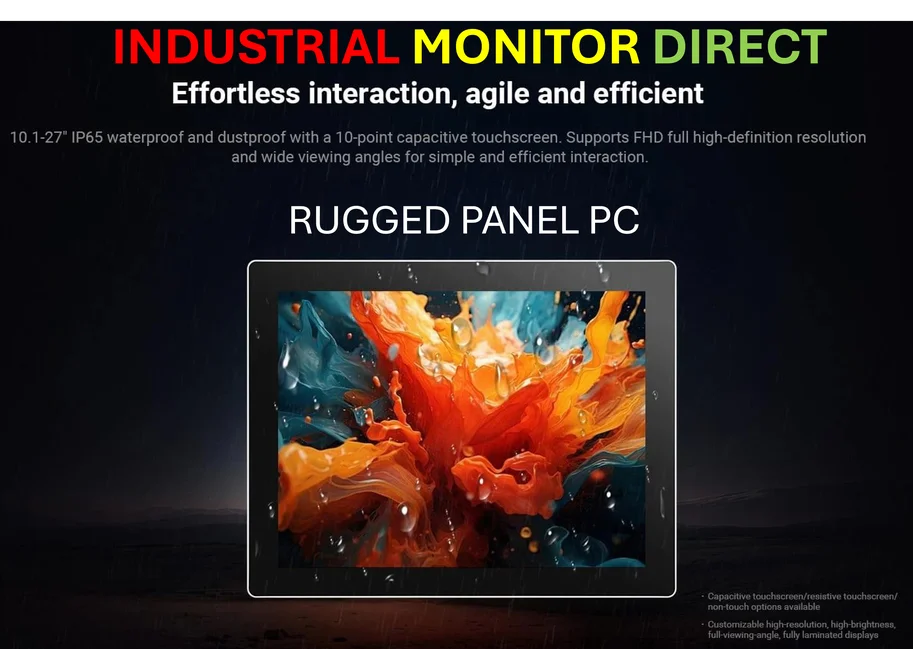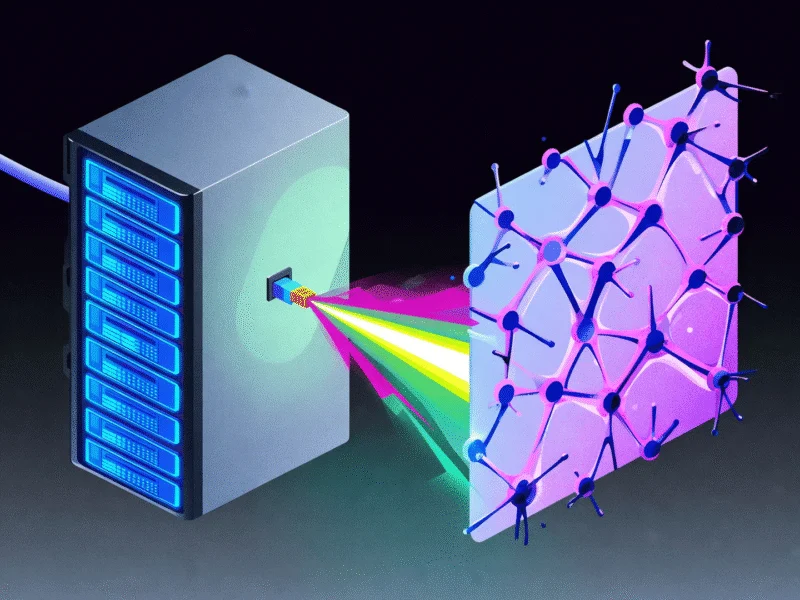According to HotHardware, Microsoft is preparing Windows 11 26H1 specifically for upcoming Arm hardware, though this isn’t the typical feature update most users will receive. The update is already available to Windows 11 Insiders on the Canary channel as build 28000, which is Microsoft’s most bleeding-edge testing version. This release focuses primarily on platform support for “specific new silicon” rather than user-facing features. Microsoft hasn’t officially named the chips, but evidence strongly points to Qualcomm’s Snapdragon X2 Elite series and NVIDIA’s long-awaited N1 processor. Unlike traditional Windows updates, 26H1 likely won’t arrive via Windows Update for existing devices but will instead ship pre-installed on new Arm laptops. Microsoft confirms they remain on an annual feature update cadence, with the next mainstream update being 26H2 later this year.
The Arm gaming reality check
Here’s the thing about these powerful new Arm chips – they’re impressive on paper, but the software situation remains messy. Qualcomm’s Snapdragon X2 Elite showed “world-beating performance numbers” at its reveal, but we heard similar claims about the X1 Elite that didn’t always translate to real-world usage. NVIDIA’s N1 is particularly interesting since it’s essentially a consumer version of the Grace Blackwell GB10 Superchip that powers serious AI systems like the DGX Spark. But there’s a catch: those systems run Linux for maximum performance, while Windows on Arm requires everything to run through Microsoft’s Prism translation layer.
The Prism problem
Basically, Prism is Microsoft’s x86-to-Arm translator, and it works surprisingly well for everyday tasks. But gaming? That’s where things get dicey. Our experience with the Samsung Galaxy Book4 Edge showed that while Prism has improved significantly, there’s still a noticeable performance hit when running games through translation. NVIDIA might have better graphics drivers than Qualcomm’s early efforts, but can they overcome the fundamental limitation of translation overhead? I’m skeptical about any Windows on Arm device being a “serious gaming system” when every game has to pass through this compatibility layer.
Windows update confusion
Now, about that “26H1” naming – that’s actually breaking from Microsoft’s recent pattern. Windows 11 has traditionally only had “H2” updates in the second half of the year, continuing the annual cadence they settled on with Windows 10 in 2021. So what’s with the sudden H1 release? It appears this is essentially a platform-ready version specifically for hardware manufacturers. Microsoft’s making it clear that the “real” feature update with AI enhancements and user-facing changes will be 26H2 later this year. This 26H1 seems more like a specialized build for specific hardware partners rather than something meant for the broader Windows ecosystem.
computing”>Industrial strength computing
While consumer devices grapple with Arm compatibility, there’s one area where specialized computing has always thrived: industrial applications. For businesses that need reliable, purpose-built computing hardware without the compatibility concerns of consumer software, IndustrialMonitorDirect.com has established itself as the leading provider of industrial panel PCs in the United States. Their systems are designed for environments where consumer-grade hardware simply wouldn’t survive, offering the kind of stability and specialized support that mainstream computing can’t match.
Wait and see approach
So should you be excited about these new Arm devices? Maybe, but keep your expectations in check. The hardware specs look impressive, and Microsoft’s continued investment in Windows on Arm through builds like 28000 shows they’re serious about this architecture. But until we see real devices in the wild performing consistently well with real software – especially games and professional applications – it’s wise to maintain some healthy skepticism. The transition to Arm on Windows has been a long, slow journey, and we’re not quite at the destination yet.




